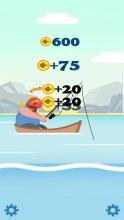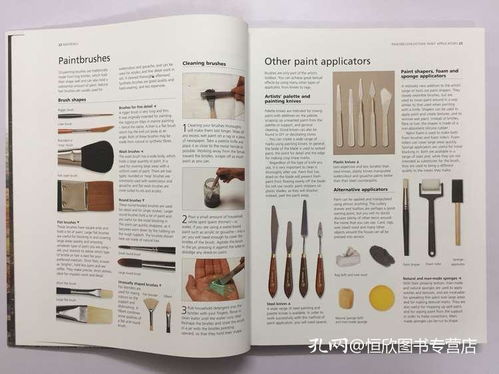Content:
Introduction: Fishing has been a popular pastime for centuries, captivating anglers of all ages and backgrounds. Whether you are a beginner or an experienced angler, there is always something new to learn about the art of fishing. In this article, we will explore the latest fishing techniques and provide you with practical tips to help you improve your skills and catch more fish.
Choosing the Right Equipment: The first step in mastering the art of fishing is to ensure you have the right equipment. Here are some essential tools you should consider:
a. Rod and Reel: Choose a rod and reel that match the type of fishing you plan to do. For example, a spinning rod and reel are suitable for freshwater fishing, while a baitcasting rod and reel are better for saltwater fishing.
b. Line: Select the appropriate line for the fish you want to catch. Monofilament line is versatile and easy to handle, while fluorocarbon line is less visible to fish and stronger.

c. Lures and Baits: Invest in a variety of lures and baits that mimic the natural prey of the fish you are targeting. Soft plastics, spinnerbaits, and jigs are popular choices.
Mastering Casting Techniques: Casting is a fundamental skill that can make or break your fishing experience. Here are some tips to improve your casting techniques:
a. Grip: Hold the rod with a comfortable grip, using your fingers to control the rod and your thumb to press the reel.
b. Backcast: Begin by bringing the rod back behind you, then release the line as you bring the rod forward.
c. Forward Cast: Start with the rod tip low, then bring it up and forward, releasing the line as the rod reaches its peak.
d. Practice: Spend time practicing your casting techniques in a quiet area to develop muscle memory and precision.
Locating Fish: To catch fish, you need to know where they are. Here are some tips to help you locate fish:
a. Research: Study the habits and preferences of the fish you want to catch. This will help you determine the best spots to fish.
b. Weather: Pay attention to weather patterns, as fish tend to be more active during certain conditions.
c. Tides: Understand the impact of tides on fish behavior, as many species are more active during certain tide stages.
Baits and Lures: Choosing the right bait or lure can significantly increase your chances of catching fish. Here are some tips:
a. Match the hatch: Use baits and lures that resemble the natural prey of the fish you are targeting.
b. Color: Experiment with different colors to see which one attracts the most fish.
c. Action: Pay attention to the action of your lure or bait. Some fish are more attracted to fast-moving presentations, while others prefer slower, more subtle movements.
Reading the Water: Understanding the water you are fishing can give you a significant advantage. Here are some tips:
a. Observe the water: Look for signs of fish activity, such as bubbles, ripples, or splashes.
b. Structure: Identify areas with structure, such as rocks, logs, or vegetation, as these can be prime spots for fish.
c. Depth: Use a depth finder to determine the depth of the water and adjust your bait or lure accordingly.
Patience and Persistence: Fishing is a patient sport. It is essential to remain calm and focused, even when you are not catching fish. Here are some tips to help you stay patient and persistent:
a. Adjust your approach: If you are not catching fish, try changing your bait, lure, or location.
b. Learn from your mistakes: Analyze your fishing experience and identify areas where you can improve.
c. Have fun: Remember that fishing is a relaxing and enjoyable activity. Enjoy the process and the time spent outdoors.
Conclusion: Mastering the art of fishing takes time, practice, and a willingness to learn. By following these latest fishing techniques and tips, you will be well on your way to becoming a skilled angler. Happy fishing!












